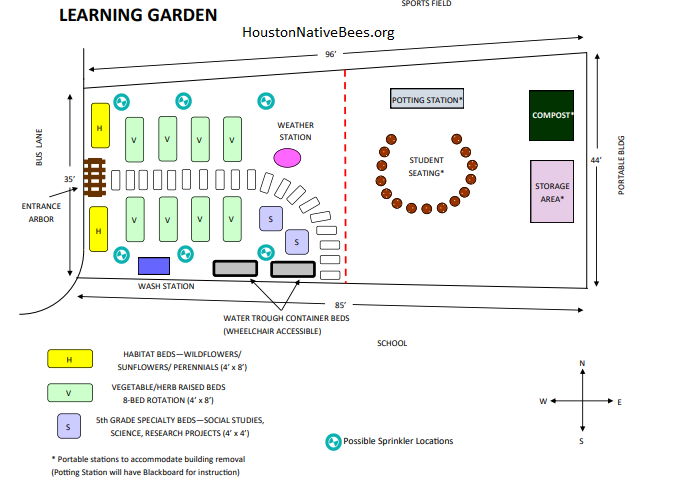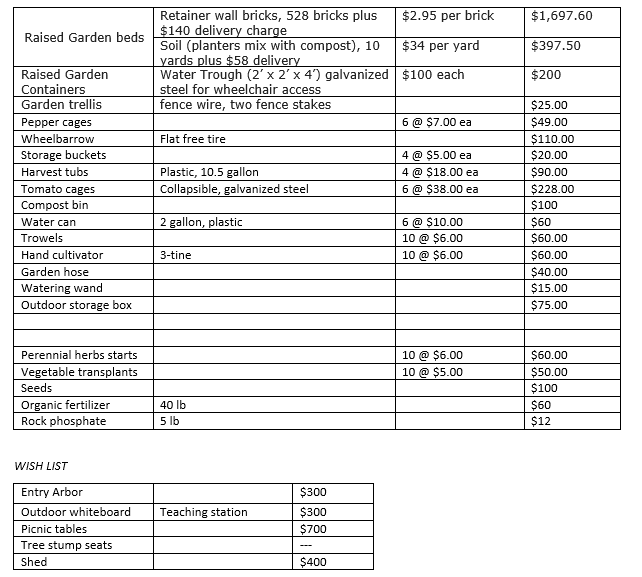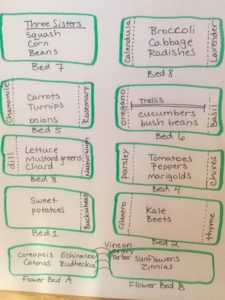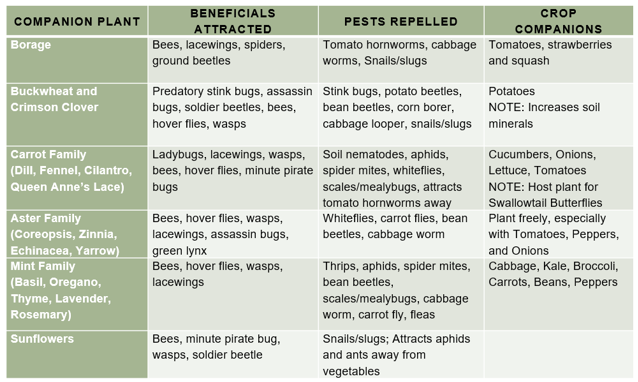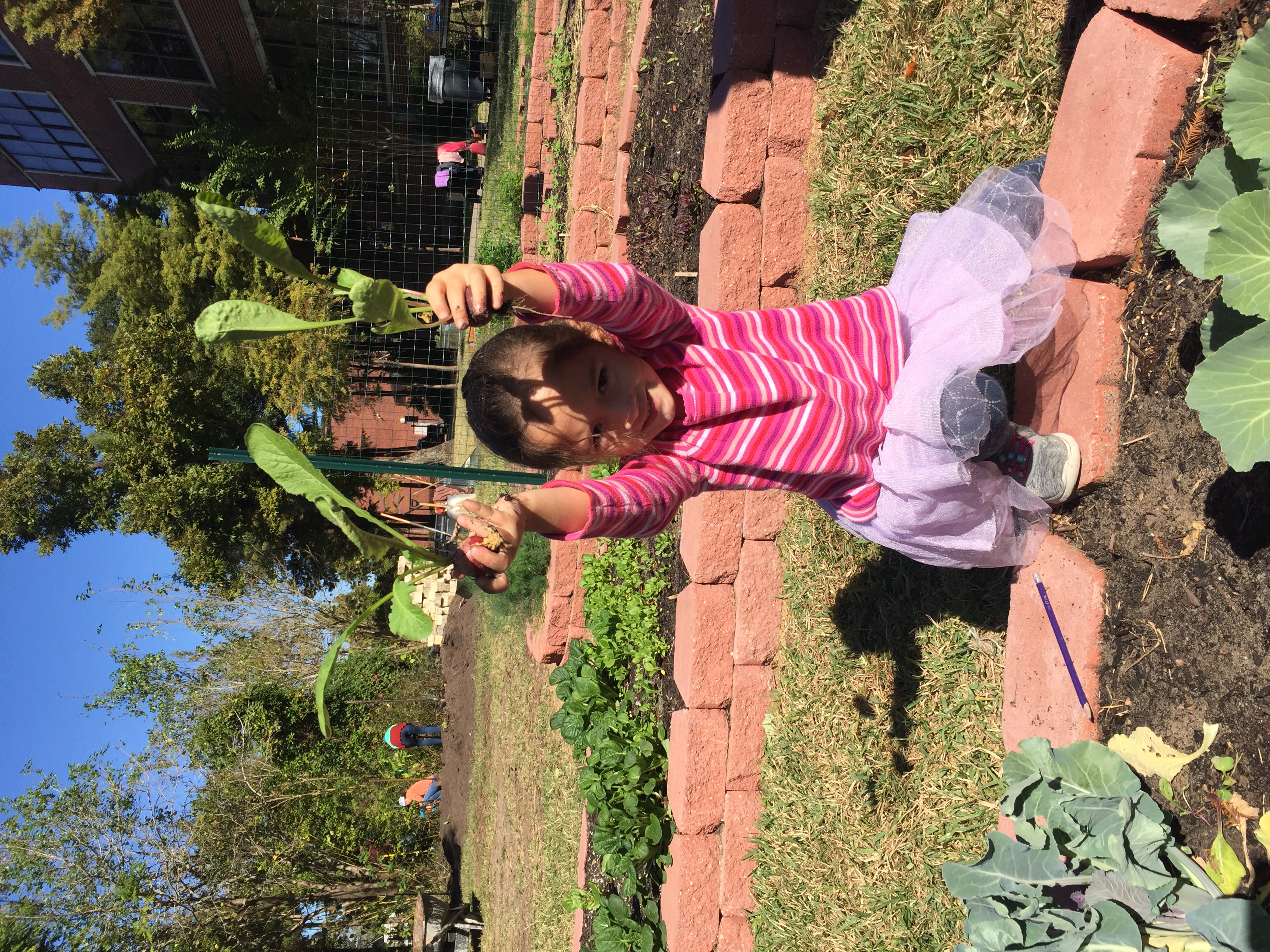
Do you want a garden at your child’s school? Is there a green space in your neighborhood begging for a community garden? Yes! You can build a garden!
The first three things to consider when starting a school garden:
- How will it be maintained?
- How will it be watered?
- How will it be funded?
One of every principal’s worst fear is an overgrown, neglected eyesore landscape on their campus. Having a plan in mind for these three things will make your initial conversation with school administrators go much more smoothly. Here is a garden I helped build and what I figured out along the way.
These are my favorite resources and tips from my experience building gardens with Urban Harvest, Inc. a wonderful nonprofit organization in Houston. All of these considerations are broken down in detail in their free Urban Harvest School Gardening Guide. Their experience far exceeds mine so I highly recommend using this as a resource.
Garden Design
This is a design I presented to an elementary school in Broomfield, Colorado. I have found that 4′ x 8′ gardens work best in a schoolyard so small hands can reach plants in the middle. I also prefer retainer wall bricks to metal or wood barriers, because students can kneel on them and they last longer!
For this school garden, we were fortunate that sprinkler heads already existed on the site. Otherwise, sprinkler installation would have added another $2,000 to our budget.
The container gardens we used were steel livestock troughs. These troughs are 2′ high, the perfect height for a wheelchair-bound student to access. We located these next to the sidewalk for easy wheelchair access. I got this brilliant idea from the gardens that Urban Harvest builds.
Garden Costs
We ended up building 8 vegetable garden beds (two brick layers high), 2 flower gardens (one brick layer high), and two container gardens using steel livestock troughs for student wheelchair access. This required 528 bricks and two troughs.
This school was able to secure funding from their PTA fundraiser, a total of $5,000. We also applied for and won a grant from Botanical Interests for the seeds.
Planting Map
The school decided to divide the beds up by class. Each class got one half of a bed. Since there are 24 classes at the school this worked out perfect!
The Kindergarten classes took the front flower beds, and filled them with wildflower seeds and sunflower seeds.
Each class chose the vegetable they would grow in their bed, and I helped them choose a companion plant to grow along with the vegetable.
We all agreed we wanted organic vegetables and that insects were welcome in our garden. Insects provide natural pest-control, richer soil, and higher yields.
Creating an insectary involves eliminating pesticide use and adding plants and garden practices that attract a diversity of beneficial organisms.
Companion plants attract pollinators and predators – insects that eat pests! They can also serve as a sacrificial crop, or “trap crop” that tempts pests away from your prized vegetables.
Sometimes these plants also help fix nitrogen or enhance minerals in the soil (eg. buckwheat and clover). Some, such as marigolds, release chemicals from their roots that have insecticidal and fungicidal effects.
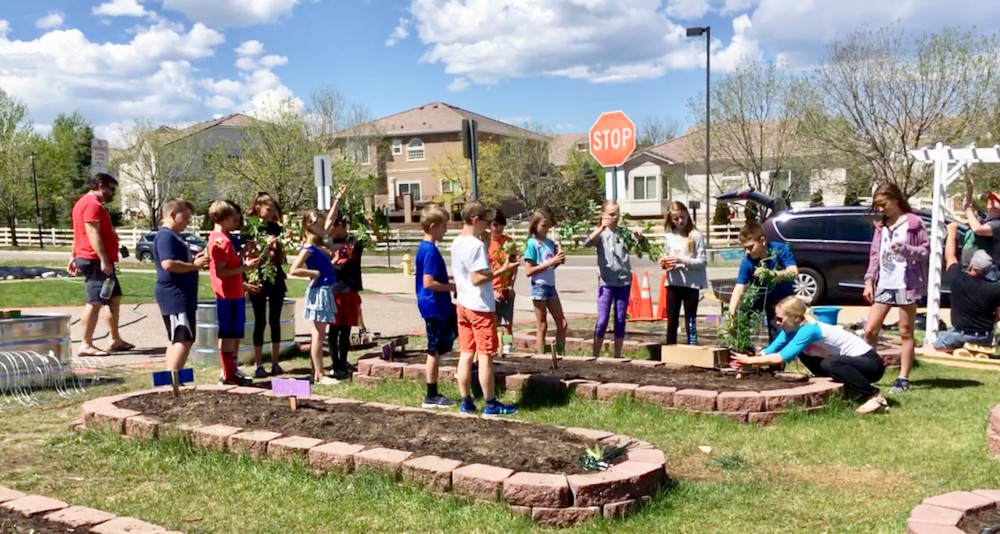
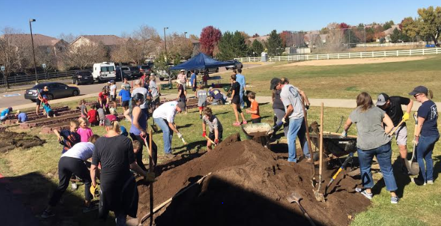
Building the Garden – Make it Social!
We organized a Saturday morning for our garden build.
We sent the date out in the school newsletter and Facebook page, and even invited neighbors on NextDoor. We had a tremendous turnout and the entire garden was built in 4 hours!
Well technically add an hour that I rented a sod-cutter and made my husband cut the sod on each plot the night before. He’s reminding me it was more like two hours, but who’s counting?
We asked everyone to BYO shovel, gloves and wheelbarrow and started at 8am.
See that big pile of dirt there? That’s 10 YARDS of dirt and it was completely gone by noon!
Everyone was tired and dirty, but smiling.

